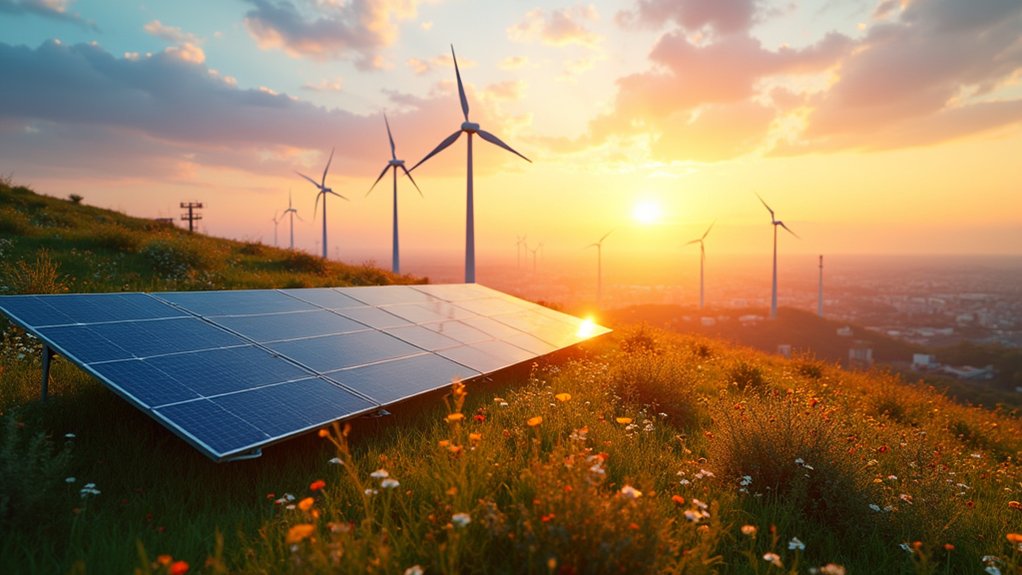While billionaires play with rockets and argue about Mars, a Seattle startup has its eyes on something more practical—digging up the moon for profit. Interlune wants to mine helium-3, that rare gas that’s basically everywhere up there thanks to billions of years of solar wind, and bring it back to Earth by 2029. Yeah, 2029. Four years from now.
Seattle startup Interlune plans to mine lunar helium-3 and bring it back to Earth by 2029.
The company just revealed its lunar excavator prototype, a machine designed to chew through 100 metric tons of moon dirt every hour. It’s not exactly a typical construction site. The excavator moves continuously, sucking up regolith, extracting the good stuff, and spitting out the rest. They’ve already tested a smaller version that actually worked. Now they’re going full-scale with Vermeer Corp., that 70-year-old company that usually makes farm equipment.
Here’s the thing about helium-3: Earth doesn’t have much of it. The moon? Loaded. This isn’t some theoretical sci-fi nonsense anymore. The stuff has real applications in quantum computing, fusion power, medical imaging, even weapons detection. The Department of Energy wants it. Maybell Quantum Industries wants it. And Interlune’s CEO Rob Meyerson and CTO Gary Lai are betting they can deliver.
The technical challenges are brutal. Nobody’s ever tried high-rate helium-3 extraction on the moon. The machine has to work in conditions that would destroy most Earth equipment. But they’re not alone in this space gold rush. Japanese company ispace is getting back on the horse after their first lunar landing failed. AstroForge is eyeing asteroids. Everyone wants a piece of the action.
What makes this different from other space ventures is the focus. No Mars colonies, no space tourism. Just dig, extract, return. The excavator is step one of a four-part system: excavate, sort, extract, separate. They’re even planning to dump the processed dirt back where they found it. Sustainable moon mining. Who’d have thought. Their technology runs on 10X less power than existing extraction systems, making the whole operation more feasible for actual deployment.
The race is on. First company to successfully mine and return lunar resources wins. At $20 million per kilogram, helium-3 could be the most valuable substance ever brought back from space. And if Interlune pulls this off, Earth’s energy environment might never be the same.
References
- https://www.geekwire.com/2025/interlune-moon-mining-vermeer-maybell-quantum-doe/
- https://www.interlune.space
- https://www.space.com/astronomy/moon/moon-mining-machine-interlune-unveils-helium-3-harvester-prototype-photo
- https://www.icad.com/space-mining-startup-confirms-first-private-mission-to-an-asteroid-in-2025/
- https://www.space.com/the-universe/moon/japanese-company-ispace-plans-to-land-helium-3-mining-missions-on-the-moon







